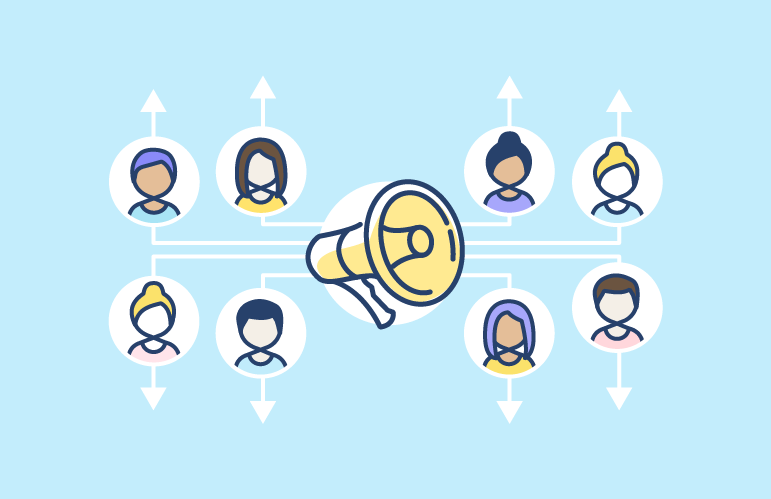Hyperpersonalization in marketing, or how to turn data into unique experiences


Category: CRM strategy
More than just a buzzword (if it is one!), hyperpersonalization in marketing has become a key strategy for engaging consumers and creating memorable experiences. Thanks to technological advances, customer relationship management (CRM) tools and customer data platforms (CDP), marketers can now harness consumers' individual information to deliver tailor-made offers and messages.
Hyperpersonalization goes beyond simple personalization using basic demographic data. It focuses on an in-depth understanding of consumers' individual preferences, behaviors and needs. This approach enables marketers to create unique, relevant and targeted experiences, leading to increased engagement, loyalty and conversions.
Using an intelligent CRM, marketers today can collect and centralize a wealth of data on their customers: purchase histories, past interactions, communication preferences, hours of activity... Customer Data Platforms (CDP) then enablethis data to be strategicallyanalyzed andexploited to create personalized campaigns and offers.
Hyperpersonalization has a significant impact on consumers, as it creates more relevant and meaningful experiences. Today's consumers are increasingly demanding, and expect brands to understand them and provide offers tailored to their specific needs.
According to a recent study by Accenture, 91% of consumers are more likely to buy from brands that provide them with personalized offers and recommendations. A deeper trend is even emerging: predictive marketing. More than personalization, some consumers expect brands to anticipate their needs. In this sense, 83% of consumers are willing to share their personal data if it results in a more relevant experience.
In addition to anticipating customers' needs upstream, predictive marketing also makes it possible to anticipate their purchasing cycles and offer them the right deals at the right time, thus increasing the chances of conversion. By understanding the key moments in purchasing decisions, brands reduce the risk of churn.
A concrete case of hyper-personalization in marketing is the loyalty program loyalty program. The coffee chain uses a combination of CRM and CDP to deliver a highly personalized experience to its customers.
Thanks to the customer data collected as part of the Starbucks loyalty program, customers can receive personalized rewards based on their shopping preferences and in-store behavior. If they agree, customers who have downloaded the Starbucks mobile app can also receive real-time push notifications, informing them of special offers and local events near them. Finally, the app also offers the possibility of customizing orders and easily finding favorite drinks.
Hyper-personalization in marketing, exemplified by initiatives such as Starbucks, plays a crucial role inconsumerengagement and business growth. According to the experts at Crone Consulting LLC, personalized mobile marketing strategies can increase individual purchases by up to 50%. With a growing number of professionals planning to use apps for marketing purposes in the coming year, hyper-personalization is poised to become an industry standard. By capitalizing on customer data and offering unique experiences, marketers can boost loyalty and conversions, and ultimately increase business growth.